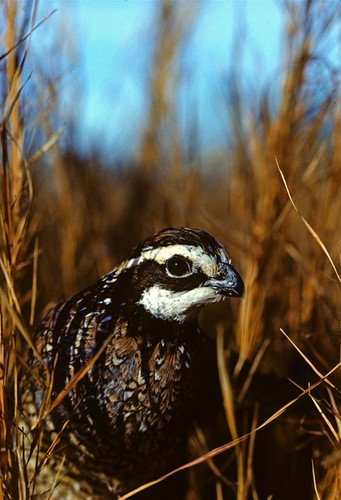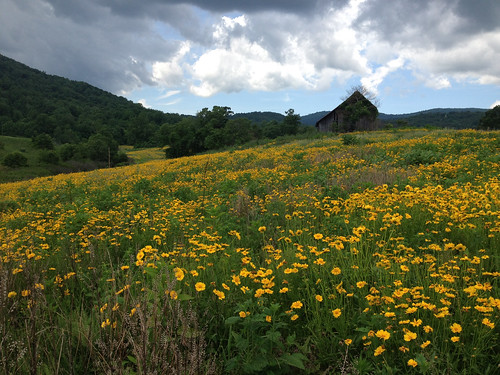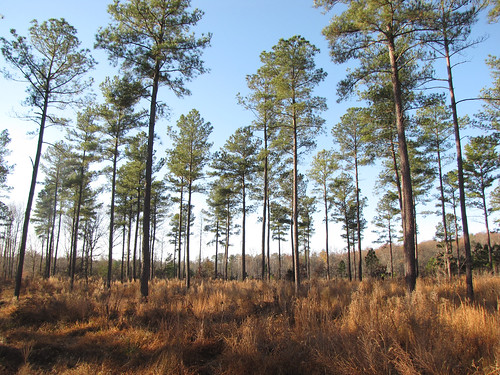
If you’re looking to save money around the house, you can find hundreds of helpful videos on a wide variety of “do it yourself” repair and remodeling projects. Social media and other online networking tools can put you in touch with experts to answer your questions along the way.
Well, wildlife habitat can be DIY, too. As a partner biologist with USDA’s Natural Resources Conservation Service (NRCS), I work one-on-one with landowners in Virginia to help them make wildlife-friendly improvements to their property, specifically improvements that benefit the northern bobwhite and associated species.
The northern bobwhite, known as the “Prince of Game Birds,” was once a familiar face in rural landscapes through much of North America. Habitat loss and fragmentation have caused the bird’s numbers to dip by about 80 percent over the last 60 years. Bobwhites depend on early successional habitat, such as (old fields and young, shrubby forests).
Landowners have a great opportunity to help this species as much of bird’s potential habitat falls on private lands. The first thing that I tell landowners is creating top-notch habitat for bobwhite isn’t costly or complex.
Before you hop on the tractor, fire up a chainsaw or fill up a backpack sprayer, you need to have a good understanding of the species’ biology and habitat requirements. Bobwhite quail are a boom-and-bust species. They pair up in spring and summer but live in groups the rest of the year. They roost in rings on the ground and have an average life expectancy of only six to eight months.
More often than not, landowners have a great native seedbank and just need to add a couple of habitat management practices to get things moving in the right direction. In other cases, they may be actively trying to manage for quail but need to tweak their approach.

“Bobs” need three types of interconnected cover: nesting, brooding and escape, and the primary reason for their decline is habitat loss and fragmentation. While the critters might be complex, managing their habitat doesn’t have to be — simple steps like mowing in March instead of October or leaving the edges of a crop field fallow can make your land useable for quail.
I have been on many site visits where I know the landowner has a pretty good idea of what quail need, but he or she may not be the best at reading the land and seeing the opportunities. NRCS and other conservation partners, such as the Virginia Department of Game and Inland Fisheries and Virginia Tech’s Conservation Management Institute, provide technical and financial assistance to landowners to help them recognize these opportunities.
Some of the practices that NRCS and partners are helping landowners implement include field borders, hedgerows, conservation cover, filter strips, prescribed burning, and establishing diminished pine species such as shortleaf and longleaf pine.
Managing for bobwhite benefits many other wildlife species, including songbirds, pollinators, rabbits, wild turkey and deer. It may take a while for quail to respond to your efforts, but the impacts are immediate for these other species. Enjoy the “fringe benefits” of conservation work!
Remember if we each do a little, it adds up.
If you’re interested in learning more, I encourage you to contact your local USDA service center to learn about assistance available through Farm Bill conservation programs.
Another resource for you to check out is Bargain Basement Bobwhites: An Affordable DIY Approach to Managing Land for Wild Bobwhite Quail that I worked on with the Virginia Quail and Early Succession Species Recovery Initiative.

